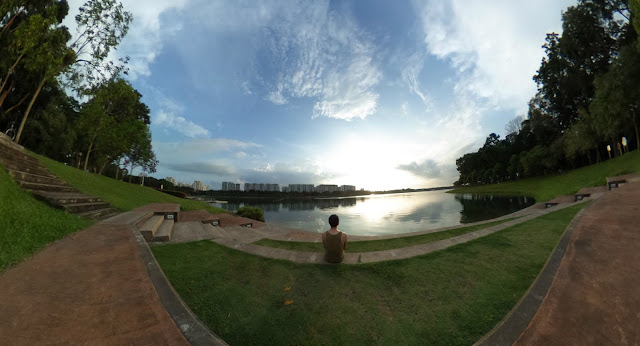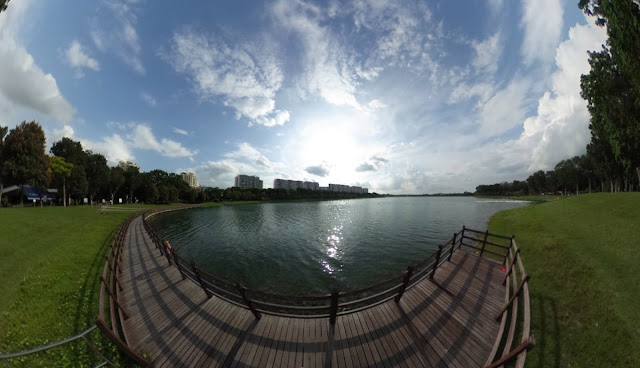In October 2016, Ricoh announced a new addition to its Theta product line: Theta SC. Through a very “influential gentleman” at Clubsnap, yours truly managed to get a hold of ...not only Theta SC but also its older (and slightly “classier” sister, Theta S.
sister, Theta S.

Black Theta S is in on the left and grey Theta SC is on the right.
For the benefits of those who haven’t heard about them, Theta S and Theta SC are compact or pocket size cameras made by Ricoh specifically to take full 360 degree spherical photos.
Photos taken with these cameras are basically in JPEG format but they have been embedded with some metadata. When used with certain apps or VR headsets, the photos will be displayed in a full 360 spherical format giving viewers a vivid and truly immersive experience. Apart from Ricoh Theta own free photo hosting site, there are other third party blogs or websites capable to host these photos as well .
It is probably worth mentioning that hosting spherical photos at Ricoh Theta gallery website is free but you must have either a Facebook or Twitter accounts. Not a problem for most people, but some may find it troublesome.
Below are the very first few shots taken with both Theta S and Theta SC. Please click on each individual photo to view it in full spherical format.
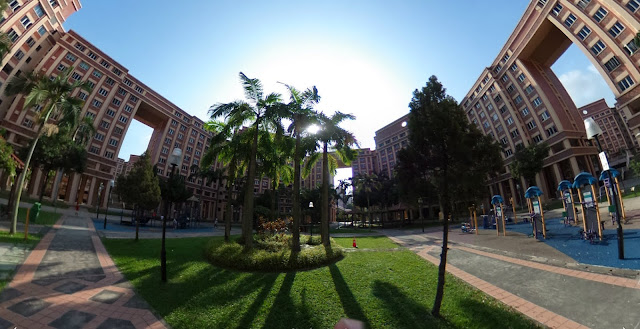
Click on the image
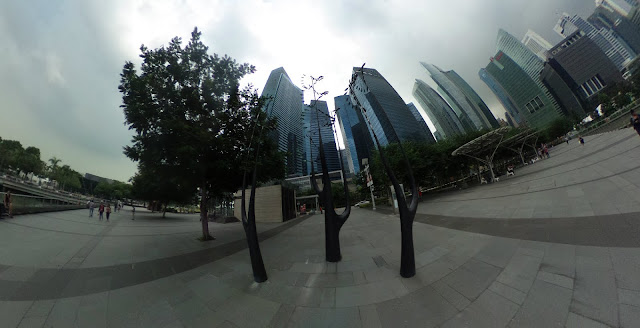
Click on the image
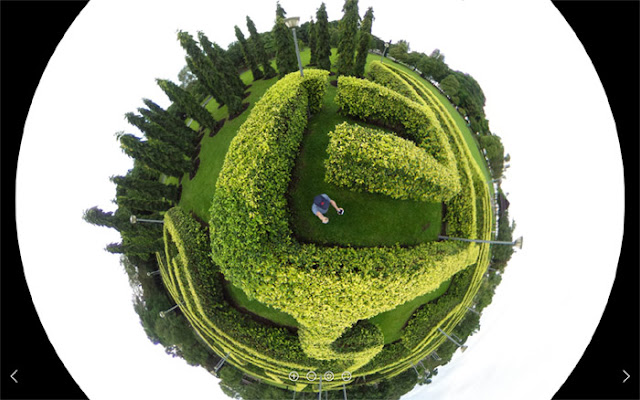
Click on the image
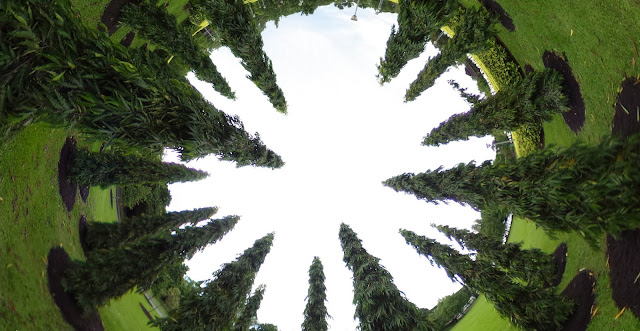
Click on the image
Note: I'll be out taking more photos when the sky is blue. So come back to this thread.
Both S and SC models have built-in memory of approximately 7.5GB. There is no option available to expand the memory though but a photo takes only about 3.5MB, so you can store plenty of photos inside. Moreover, the photos can be transferred over easily to your iOS or Android phones using the optional app via wifi (yes, wifi, not Bluetooth). Installing this optional app onto your phone is actually a good idea since the app enables you to use your phone as a remote control. Also via the app, you can change the camera settings such as shooting mode (auto vs manual), shooting method (normal shooting, interval shooting, interval composite, self-timer shooting, Multi bracket shooting), EV compensation, ISO settings (from 100 to 1600), timer-interval (2,5, 10 seconds), etc.

Screenshot of the Android remote control app for Theta
Apps are also available for Mac and PC which will allow you to do various stuffs with the Thetas such as downloading photos to the computer, uploading to Ricoh Theta 360 gallery, updating firmware, sharing to Facebook, Twitter, and Tumbler, etc.
There are also apps made by third parties available for both iOS and Android such as the app to make HDR photos.
Continue to the next post...

Black Theta S is in on the left and grey Theta SC is on the right.
For the benefits of those who haven’t heard about them, Theta S and Theta SC are compact or pocket size cameras made by Ricoh specifically to take full 360 degree spherical photos.
Photos taken with these cameras are basically in JPEG format but they have been embedded with some metadata. When used with certain apps or VR headsets, the photos will be displayed in a full 360 spherical format giving viewers a vivid and truly immersive experience. Apart from Ricoh Theta own free photo hosting site, there are other third party blogs or websites capable to host these photos as well .
It is probably worth mentioning that hosting spherical photos at Ricoh Theta gallery website is free but you must have either a Facebook or Twitter accounts. Not a problem for most people, but some may find it troublesome.
Below are the very first few shots taken with both Theta S and Theta SC. Please click on each individual photo to view it in full spherical format.

Click on the image

Click on the image

Click on the image

Click on the image
Note: I'll be out taking more photos when the sky is blue. So come back to this thread.
Both S and SC models have built-in memory of approximately 7.5GB. There is no option available to expand the memory though but a photo takes only about 3.5MB, so you can store plenty of photos inside. Moreover, the photos can be transferred over easily to your iOS or Android phones using the optional app via wifi (yes, wifi, not Bluetooth). Installing this optional app onto your phone is actually a good idea since the app enables you to use your phone as a remote control. Also via the app, you can change the camera settings such as shooting mode (auto vs manual), shooting method (normal shooting, interval shooting, interval composite, self-timer shooting, Multi bracket shooting), EV compensation, ISO settings (from 100 to 1600), timer-interval (2,5, 10 seconds), etc.

Screenshot of the Android remote control app for Theta
Apps are also available for Mac and PC which will allow you to do various stuffs with the Thetas such as downloading photos to the computer, uploading to Ricoh Theta 360 gallery, updating firmware, sharing to Facebook, Twitter, and Tumbler, etc.
There are also apps made by third parties available for both iOS and Android such as the app to make HDR photos.
Continue to the next post...
Last edited:





